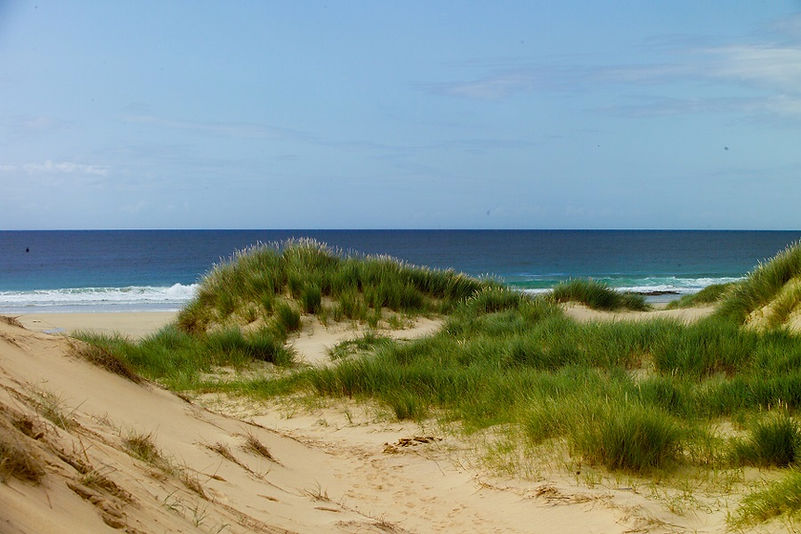
FracRisk Project

The FracRisk consortium consists of a group of excellent researchers mainly from the geoscience field with long-term experience in the areas of characterisation and modelling of subsurface flow and transport, geophysics, risk management and legal representation. The consortium brings together institutions with experience in the three fields (radioactive waste storage, carbon capture and storage, and geothermal resources) with particular expertise in the investigation of subsurface geo-reservoirs and institutions with a long history of experience in conventional hydrocarbon exploration and production. FracRisk merges experience in all the fields required to tackle the above challenge. The long record of successful collaboration among team members ensures significant impact and results.
FracRisk addresses the main themes described in the work program for “Secure, Clean and Efficient Energy “, under the call LCE16 – 2014. FracRisk will provide an improved knowledge base for the planning, implementation and fostering of the rapidly developing shale gas industry which is capable of delivering a significant step change in terms of affordable clean, secure, efficient low carbon energy within the EU. The development of the project knowledge base and scientific recommendations will assist in the methodical planning and implementation of shale gas exploitation within the EU leading to the minimisation of the environmental footprint of the required technology. The proposed work is in line with the objectives of the Strategic Energy Technology Plan (SET-Plan) and of the related energy legislation (notably the Renewable Energy and CCS Directives).
Objectives
The objectives of FracRisk are to develop a knowledge base for understanding, preventing and mitigating the potential impact of the exploration and exploitation through hydraulic fracturing (fracking) of significant shale gas reserves found throughout Europe, and to develop a decision support tool for risk quantification of the environmental impacts of the technology. In order to achieve our main objectives, we have developed a research program focused around the following activities:
-
Assessment of the environmental impact (footprint) expressed in seismic activities and released substances in the environment involved in the exploration and production of shale gas resources based on the understanding of the geophysical, subsurface flow and transport processes involved, available geological, hydrogeological and geophysical data and appropriate source term and boundary conditions;
-
Forward modelling with mathematical models to predict the effect of migration of chemicals and gases, and the mechanical effects (seismics), together with risk and uncertainty assessment based on six focused exemplary scenarios (before, during and after fracking operations) to direct cost effective data gathering;
-
Develop and test a framework for risk assessment to be used both by regulators and contractors, based on the well-known ASTM RBCA (Risk Based Corrective Action) paradigm.
-
Development of criteria for appropriate monitoring strategies to measure baseline conditions, as a pre-warning system and to validate mathematical models and concepts;
-
Provision of scientific recommendations and a knowledge base for best practices for shale gas development and with direct application and relevance to the provision of consistent regulation.
Concept
FracRisk’s aim of understanding, preventing and mitigating the potential environmental impacts and risks of shale gas exploration and exploitation starts with the collection and collation of important baseline data, includes the generic characterisation of the reservoir source in situ, progresses through understanding important processes operating in the reservoir and overlying strata, develops the forward modelling of the flow and transport of a multiphase fluid with chemical compounds and methane gas from the injection location to obtain the spatial and temporal distribution of fracking chemical compounds and gas, and finally inputs into an assessment of the respective risks using dynamic monitoring tools on six key scenarios exemplifying key risks identified within the project. This information is captured in terms of the development of a knowledge base, the provision of scientific recommendations and an overview, with recommendations, of current EU legislation related to shale gas development.
Directing our approach to address these areas is a hydro-geo-chemical-mechanical facies concept whereby we consider the subsurface to be comprised of a number of facies subdivided according to their mechanical and hydrogeological properties and not necessarily their geology. Additionally the function of the facies is taken into account during the engineering operation, i.e., does it operate as a seal?, is it an aquifer?, or a reservoir rock? This hydro-geo-chemical-mechanical facies approach allows the differences between these settings to be taken into account whilst still addressing holistically the issues of the environmental foot print of shale gas extraction. It also provides a framework for the evaluation of the effectiveness of the regulatory and legislative authority operative in that area and a rational for suggested refinement to come out of this project. Importantly these areas will also be the focus of FracRisk’s legislative review and subsequent suggested refinements based on the scientific outcomes.
Five steps underlie FracRisk’s approach:
-
Data collection to provide baseline information on the status quo of important environmental parameters from key sites within Europe and the USA,
-
Evaluation of current environmental impact and risk assessment of typical shale gas exploration and exploitation techniques provides a project focus on high key risk events and high uncertainty events whereby further modelling can reduce the risk and uncertainty,
-
Perform focussed research for improving our understanding of the storage, release and transport mechanisms that enables the reliable modelling of the involved driving forces,
-
Evaluation of conceptual scenarios and numerical models able to match and predict the fluid flow (liquid and gas) behaviour, the mechanical behaviour and the geochemical behaviour of the shale gas reservoir and gas recovered during and after fracking. These focused exemplary scenarios, described later, use the data from step 1, are used to address the key risk and uncertainty events identified in step 2, integrate understanding from step 3 and provide a basis for recommendations in step 5,
-
Provision of scientific recommendations and legislative advice for the further development and management of shale gas exploitation whilst minimising the environmental footprint.
Workflow





